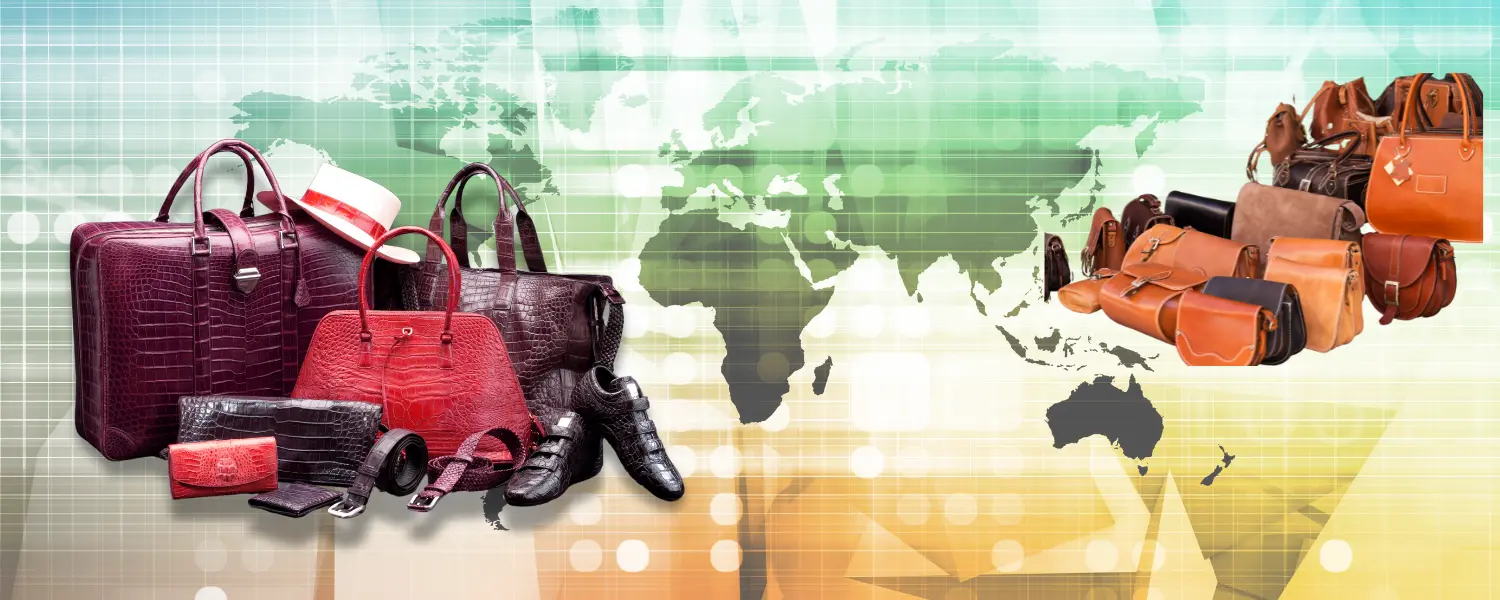Leather products have survived for centuries, which would translate into an emblem of durability, elegance, and luxury. Even with synthetic alternatives, leather still represents a high share of the global market. From fashion to industrial uses, its versatility and timelessness make it invaluable in many sectors. Let us now explore the ten reasons why leather products dominate the global market.
1. Timelessness
Leather is, however, often a synonym to glamour and grace. Natural grain texture, design and the charisma leather possesses for making it valuable merchandise. Its substitute in any shape or form was never good enough to serve instead of leathers. Quality, with years improves, as far as leathers are concerned. Such be it that fashion never fades away while speaking of good stuff like these-bags from some bygone years or a leather jacket.
2. Unrivaled Durability
Amongst its various characteristics, one of the major attributes of leather is its longevity. Products produced using genuine leather will last for many years and are, therefore, a valuable investment for a customer. The structure of items like furniture and car interiors also tends to last for a much longer period than the synthetic ones. Longevity therefore largely explains why consumers keep demanding more leather products.
3. Cross Industry Versatility
Adaptability has made leather a highly sought-after material across diverse industries. Leather is used for designing shoes, bags, belts, and jackets in the fashion world. Leather is used for ornamentation in home decor such as on furniture, wall panels, and rugs. In the automobile and aviation industries, it is also used for upholstery purposes. So extensive application renders leather a staple commodity in global trade.
4. Luxury and Premium Quality Association
Leather products are status symbols and luxuries. Touch, feel, and appearance characterize original leather, which is thus considered the first preference for high-class products. It is used for the exclusive lines of many of the world’s most famous fashion houses and luxury brands, and this further fortifies its place in the premium market segment.

5. Eco-Friendly and Sustainable Practices
Whereas criticisms against leather making have been based on its environmental impacts, sustainable practices redefine the face of the industry. Eco-conscious consumers are rallying towards vegetable-tanned leathers, which have natural materials during tanning. Recently, recycling and up-cycling have also gained momentum as most manufacturers turn leather waste into new products, yet this trend caters to the current sustainability trend across the globe.
6. Cultural and traditional value
The tradition and culture associated with leather production are rich in most countries. People from Italy, India, and Morocco have been teaching their children leather crafting skills passed down through generations that uniquely reflect their origin. International demand for handcrafted items also adds a cultural dimension to the demand for leather goods.
7. Comfort and Versatility
The material provides the natural comfort in clothing and footwears exclusively. Leather comes to be conditioned to its wearer’s body while time passes and thus is supposed to be aptly fitting; it will ever be close enough. This comfortability, due to its excellent breathability property and resistance in temperature changeability, makes leather usable for casual to professional purposes in clothing and wear.
8. Resistance to Wear and Tear
In its very nature, leather is highly resistant to casual wear and tear. Unlike the synthetic materials which tend to crack, peel off, or lose their quality upon reaching a certain age, with appropriate care leather does not undergo any such kind of degradation and is therefore ideally suited for rugged usage items, like work boots, gloves, or bags.
9. International Trade and Economic Impact
Leather is probably the most traded commodity globally, and developing economies like India, Brazil, and Vietnam are emerging as the new leaders of this industry. Millions of jobs start from animal husbandry to final production-all directly and indirectly related to the leather trade-and hence it becomes a basic aspect of global trade.
10. Protection of Artisanal Skills
Thousands of artisans are supported by the leather industry, which work according to traditional techniques of leather working. Hand-stitched bags, intricately tooled belts, and custom-made shoes reflect the craftsmanship and attention to detail that machines cannot replace. Supporting the leather industry means consumers are supporting the preservation of these valuable skills and cultural heritage.

Supporting the leather industry means consumers are supporting the preservation of these valuable skills and cultural heritage. This product bridges traditional craftsmanship with modern innovation, and, therefore, will always find itself indispensable to use in the worlds of fashion, home decor, and industry. With eco-friendly evolution and cultural significance, leather goods are ready to stay on the top in world trade.
Pranshi Global Exim is very proud of its best quality leather products that it exports into the international market. We ensure our products-from fashionable leather accessories, robust industrial articles, to customised solutions-being of the best of excellence. Partner with us to experience unmatched value and luxury in leather goods. Take your business to the next level with the Pranshi Global Exim.


